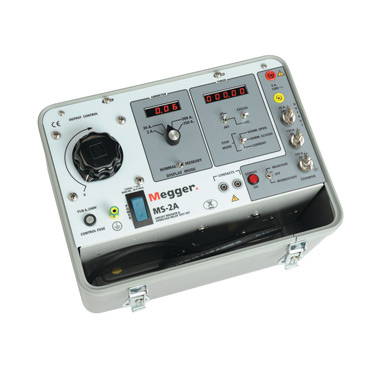oldsparky52
Senior Member
- Location
- Wilmington, NC USA
A newly wired marina is about to come on line. There is GFP on the service disconnects and the pedestals.
I want to be sure the GFP actually works, using a real life fault. My idea is to take a 60-watt light bulb and connect it from hot to ground downstream from the GFP. The GFP should trip at no less than 100ma. I'm not trying to determine that threshold on this test, just that a 60-watt light bulb (should pull around 500ma) will trip the GFP.
The largest main is a 1200-amp breaker and it uses a CT and GFP monitor to trip the shunt trip on the 1200-amp breaker. I want to see that it actually works.
Am what I'm proposing seem dangerous or too mickey mouse to y'all? I see it as a true real world type of fault just to be sure the functionality of the GFP system works.
Comments?
Thanks.
I want to be sure the GFP actually works, using a real life fault. My idea is to take a 60-watt light bulb and connect it from hot to ground downstream from the GFP. The GFP should trip at no less than 100ma. I'm not trying to determine that threshold on this test, just that a 60-watt light bulb (should pull around 500ma) will trip the GFP.
The largest main is a 1200-amp breaker and it uses a CT and GFP monitor to trip the shunt trip on the 1200-amp breaker. I want to see that it actually works.
Am what I'm proposing seem dangerous or too mickey mouse to y'all? I see it as a true real world type of fault just to be sure the functionality of the GFP system works.
Comments?
Thanks.

